When we set out to create the TiSHX, we looked from the technology of the sky to that of the dirt. When operating, the time a bush plane spends on the ground is minimal, yet it is also one of the most significant opportunities for an accident. To find the expertise in handling raw unmanicured environments, we began investigating technology used in off-road vehicles, particularly off-road racing, where suspension is not just about comfort but performance and safety.
We partnered with Wayne Israelsen of Alltech Motorsports, a suspension guru known for his shock tuning expertise, honed during years of off-road racing, including the widely known race King of the Hammers. Wayne's vast knowledge of shock performance and tuning became integral to developing the most innovative aviation shock suspension system, the TiSHX.

Wayne's journey began with a simple truth: speed is irrelevant if you have to slow down to maintain control. Wayne mastered the art of suspension tuning to remain competitive, allowing him and other race partners to push their vehicles to the limit while other drivers were forced to back off on the throttle in rough terrain. This philosophy perfectly aligned with our mission to create a next-generation landing gear system for bush pilots.
Years of experience have taught Wayne that true performance goes beyond basic adjustments. It's about understanding and translating rider feedback into a system that effectively dissipates energy. Working closely with our test pilot, Loni Habersetzer, Wayne designed the TiSHX to handle the demanding landings that bush pilots encounter in off-airport terrain.
The biggest challenge in adapting this expertise to aircraft? Traditional shocks dampen on compression, while a Super Cub's shock sits below the A-arm, requiring dampening on the extension of the compression stroke. The aircraft's inertia and wing interaction with the ground during landing also presented unique problems. Wayne's off-road experience, where landings can be brutal, proved a valuable starting point. However, even a light bush plane's size and wingspan meant much higher inertia than any off-road vehicle. This inertia, combined with the wing's influence on airflow even at slow speeds, demanded a new approach to dampening and shock absorption.
The TiSHX is designed to hold a 2,000 lb Super Cub with minimal sag on compression, achieving optimal up travel that adheres to the 60/40 rule. This rule dictates that shock travel should remain within 60% and 40% of the ride height at the aircraft's gross weight. This design philosophy translates to superior handling in side winds and smoother operation on rough terrain. Pilots experience better control during landings and taxiing on uneven surfaces.
Traditional shocks can suffer from inconsistent damping due to oil and air mixing. The IFP, a separating piston within the shock, isolates the air chamber from the oil chamber. This separation ensures proper lubrication and consistent damping characteristics during maneuvers like taxiing and side-hilling, where air infiltration can occur.
Another innovation that enhanced the performance and longevity of the TiSHX is the spring guide. Without a guide, the spring rubs on the shock's interior, causing friction and wear. The spring guide keeps the spring centered and running true on the shaft, minimizing friction, enhancing performance, and extending the shock's lifespan.

While constructed with high-quality, durable materials, the TiSHX is still serviceable by our team of technicians in the rare event that this lifetime shock needs attention. This means parts like O-rings can be replaced, and the entire suspension system can be inspected and cleaned to ensure optimal performance and safety. TiSHX will far outlast the lifespan of comparable shocks, allowing bush pilots a dependable hands-off suspension system for endless off-airport takeoffs and landings.
The TiSHX landing gear represents a significant leap forward in bush plane suspension technology. Wayne Israelsen's expertise, combined with innovative solutions like the IFP and spring guide, has resulted in a system prioritizing pilot safety and plane performance in the most demanding backcountry environments.







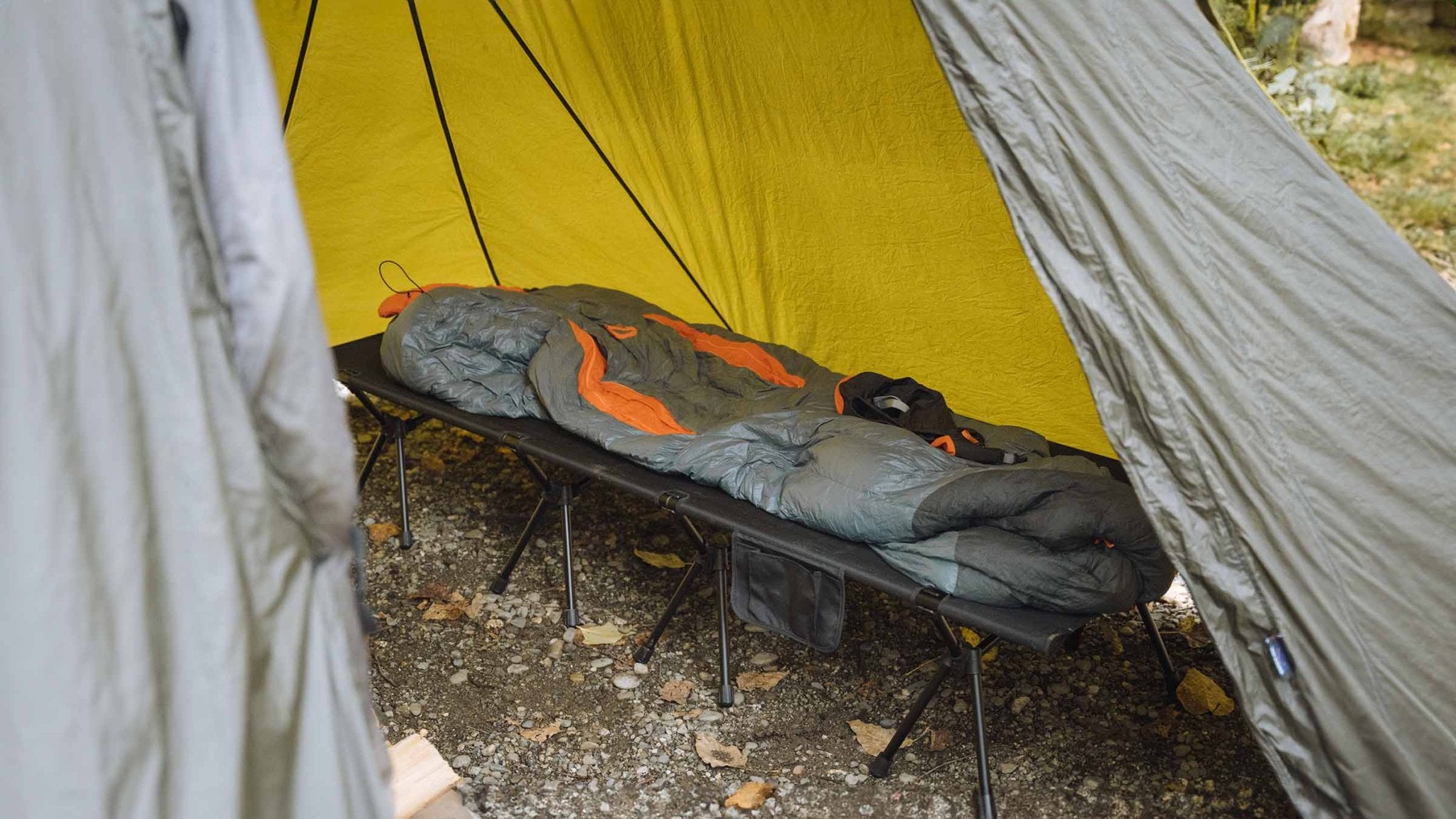
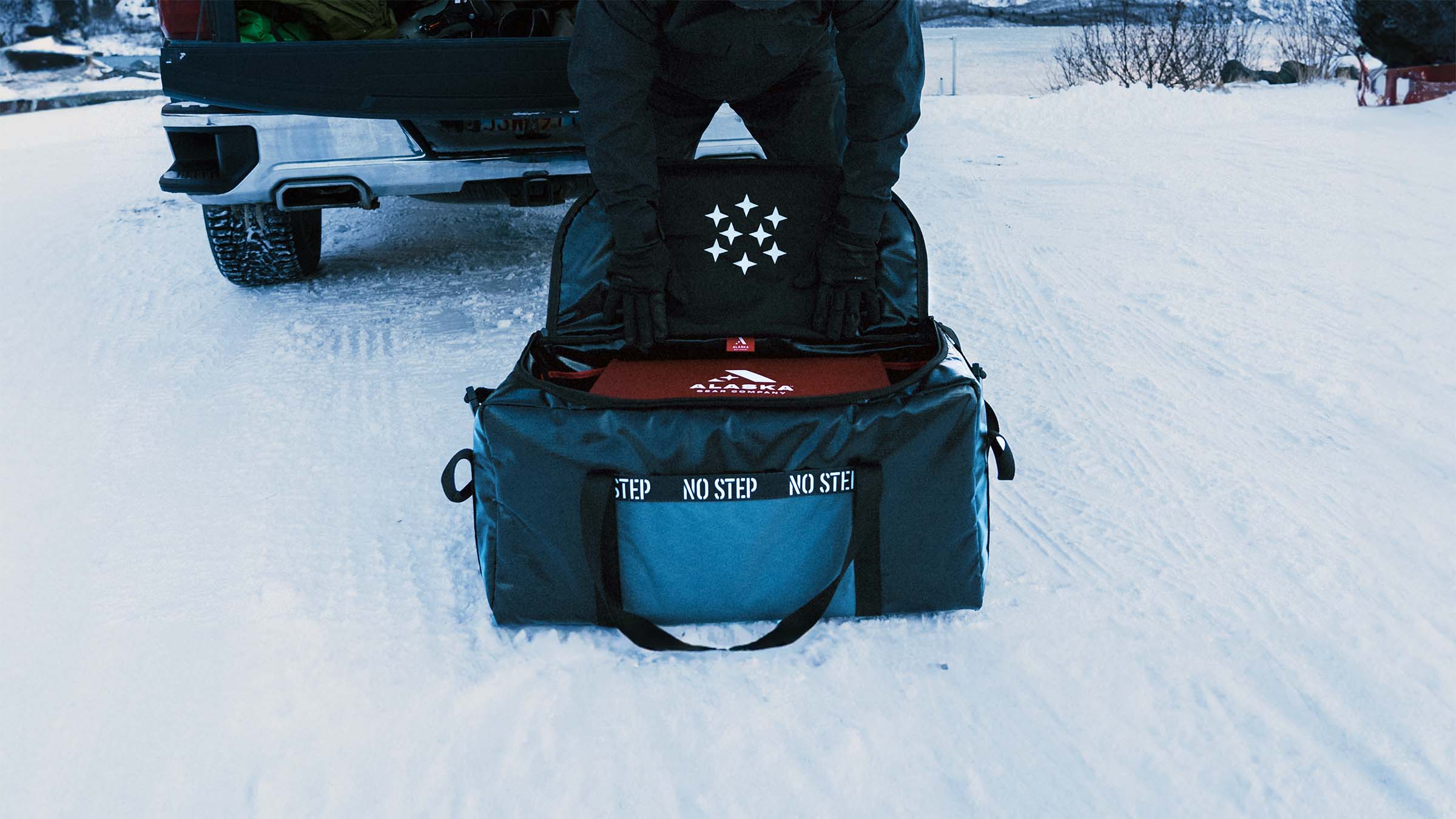


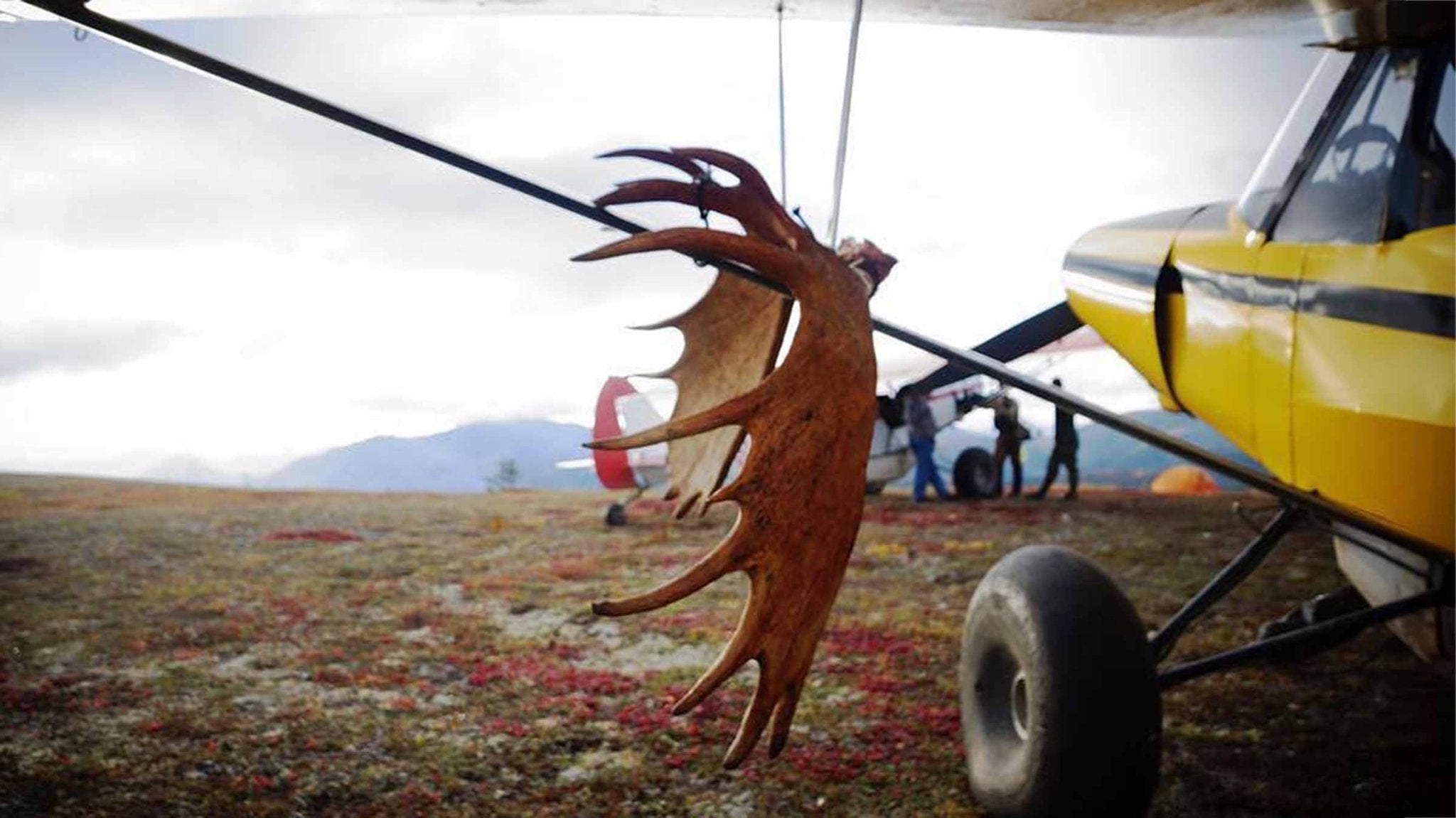

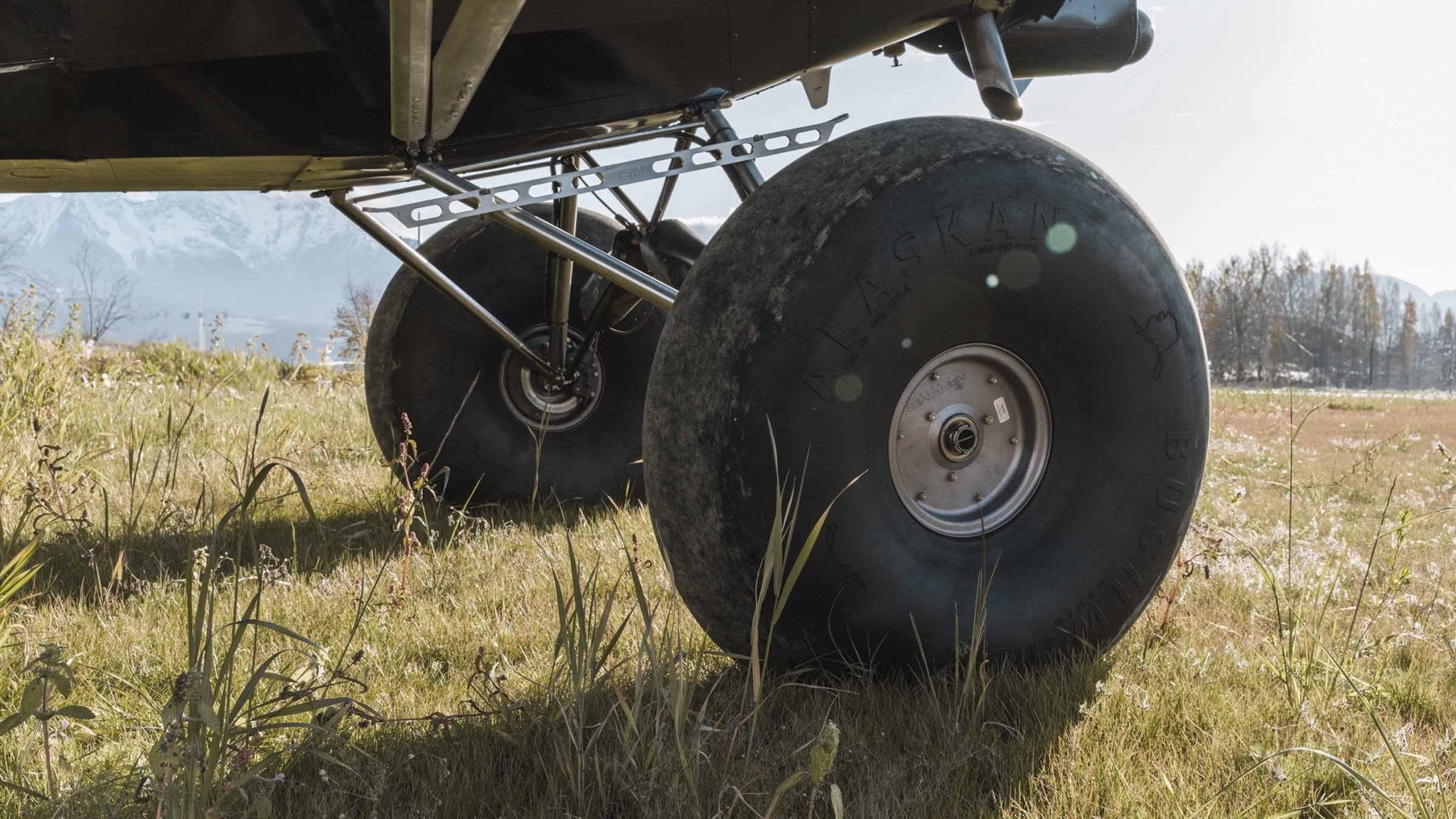
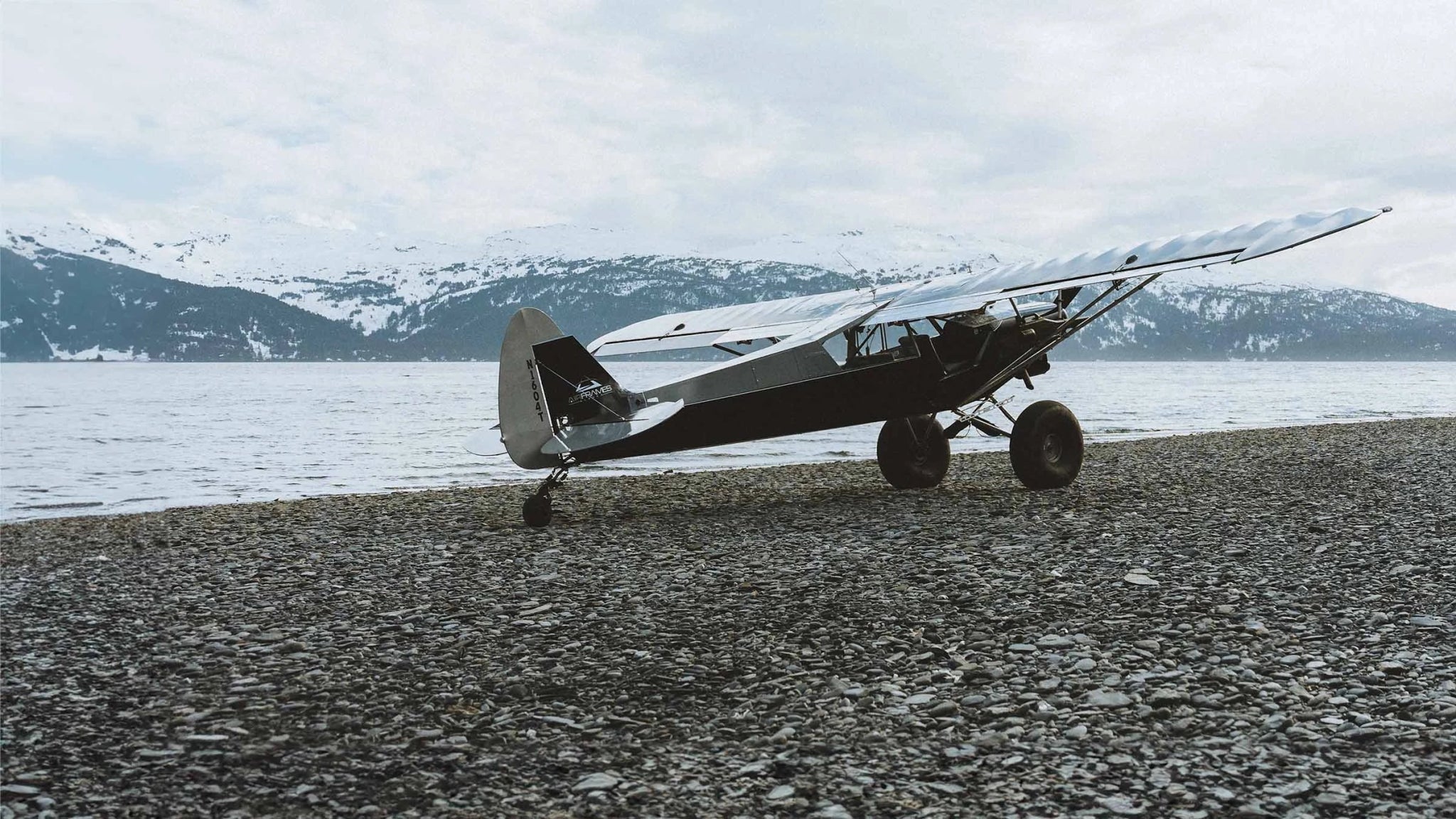

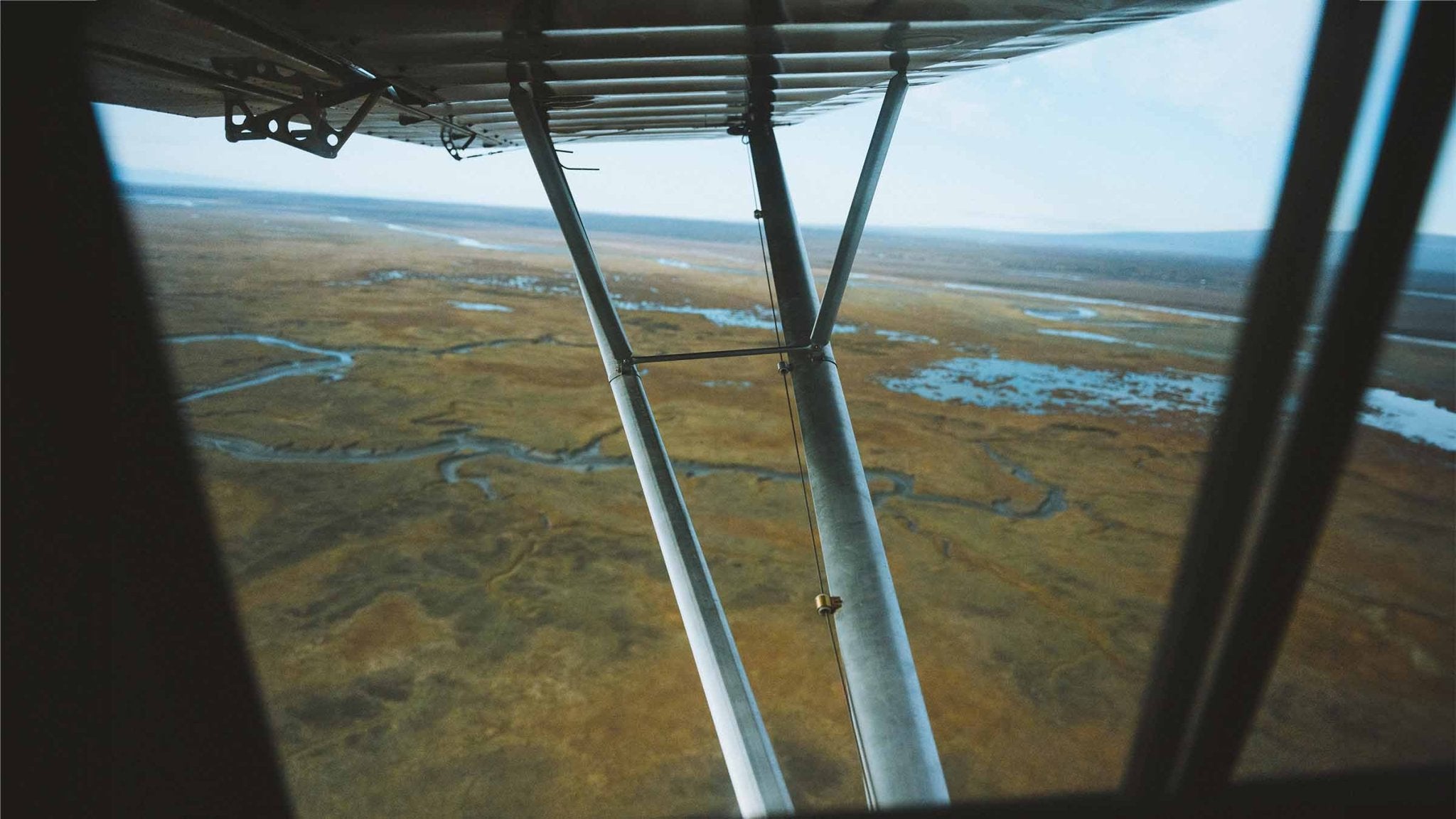
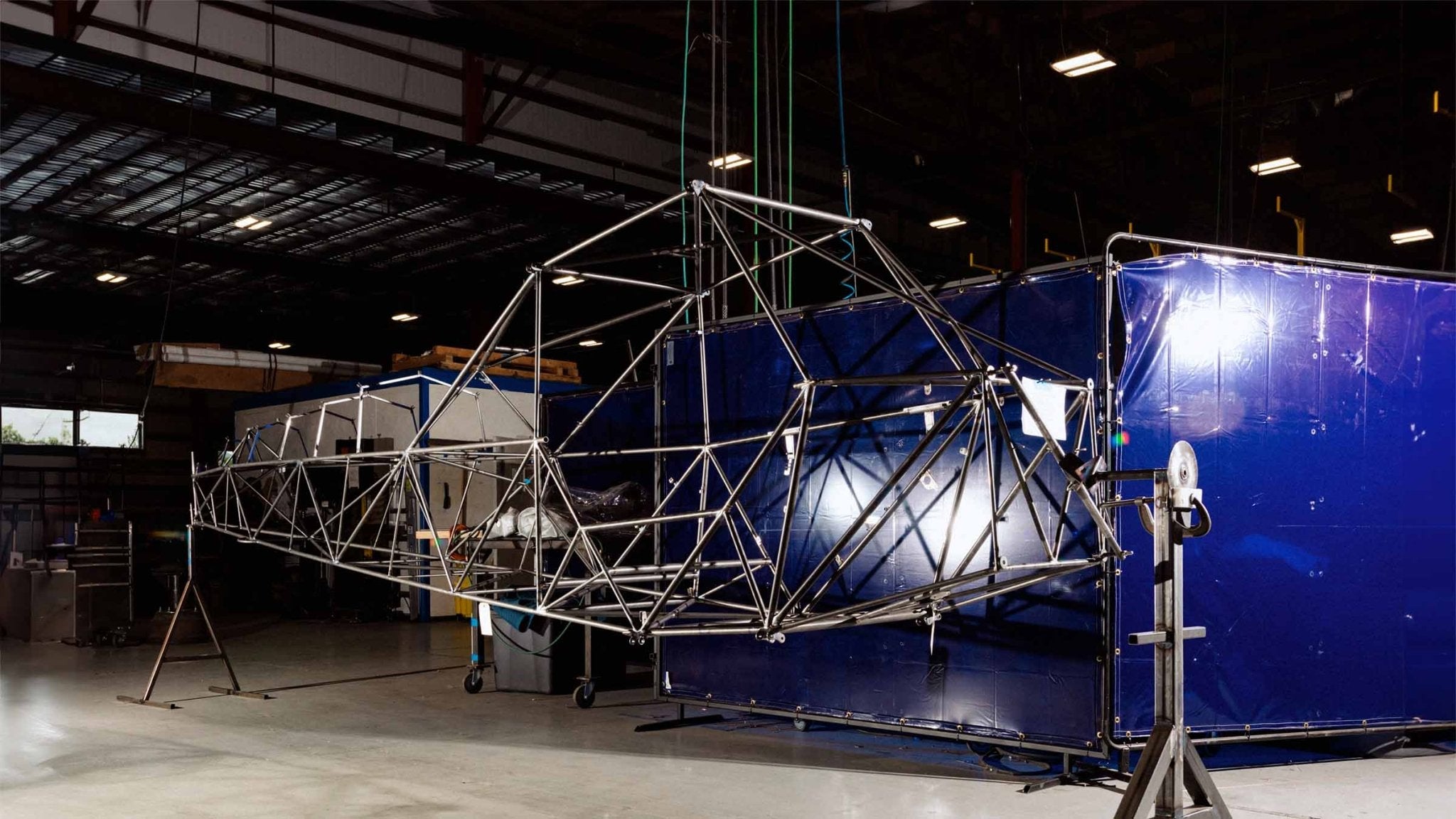

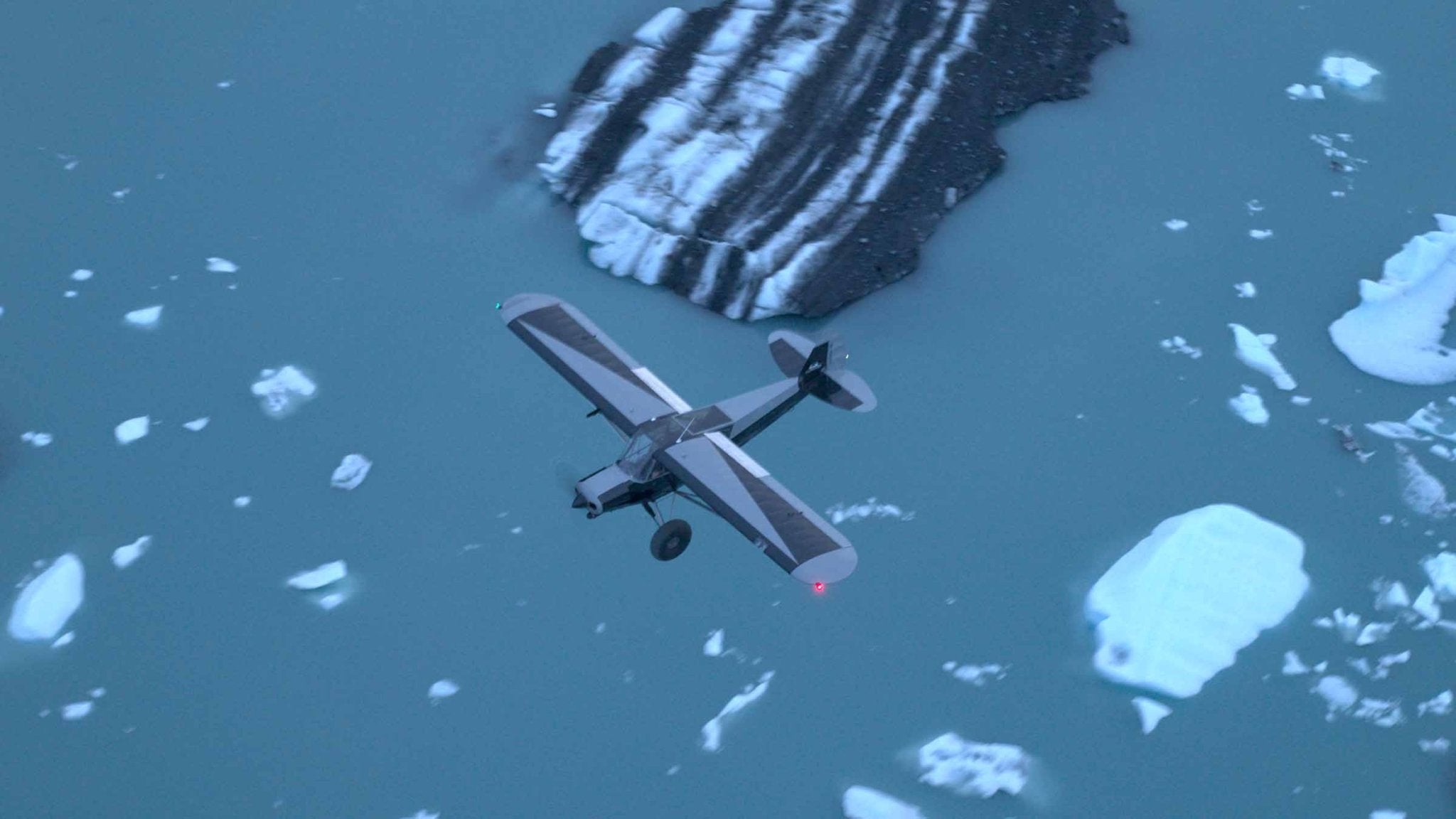
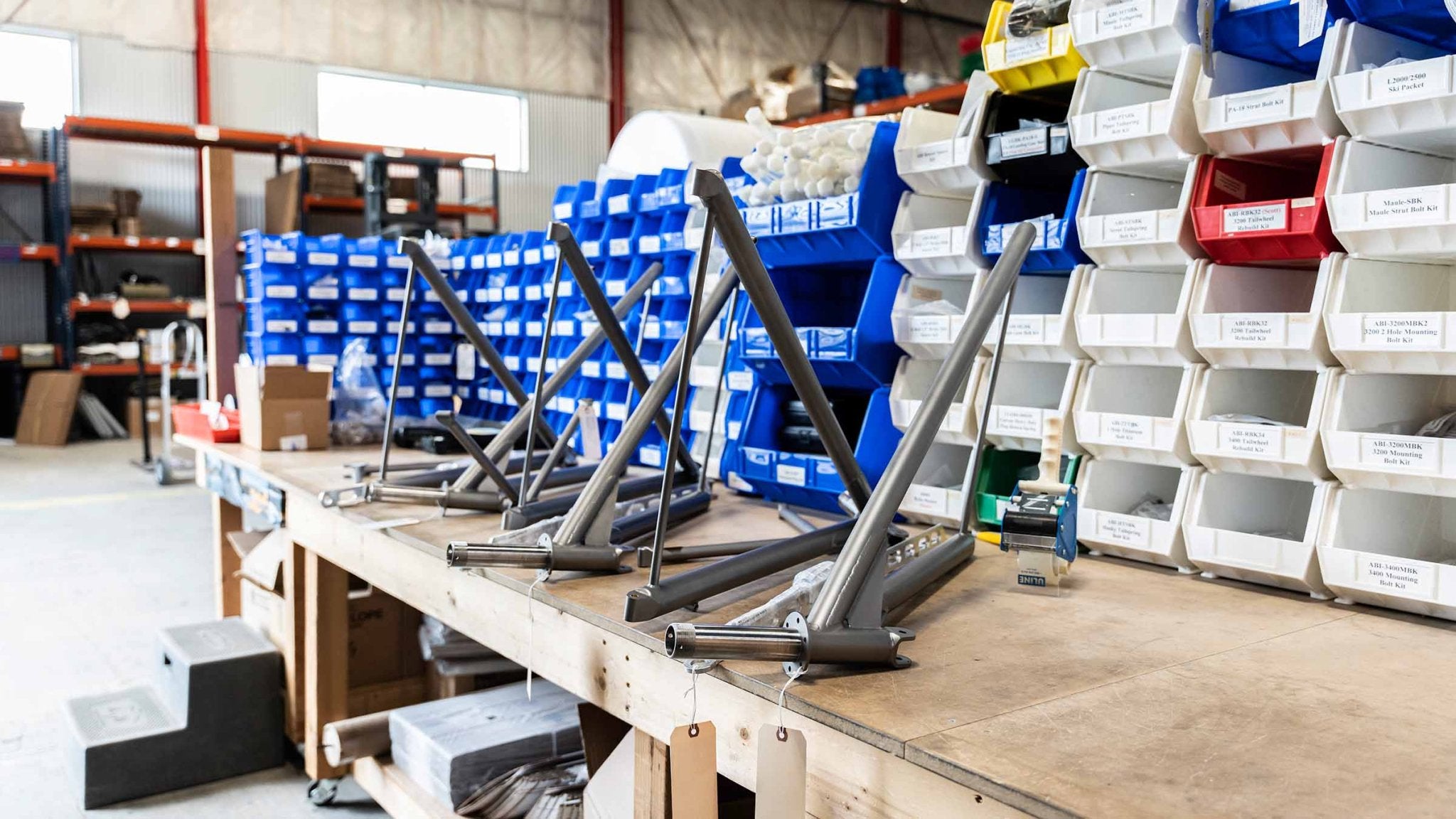


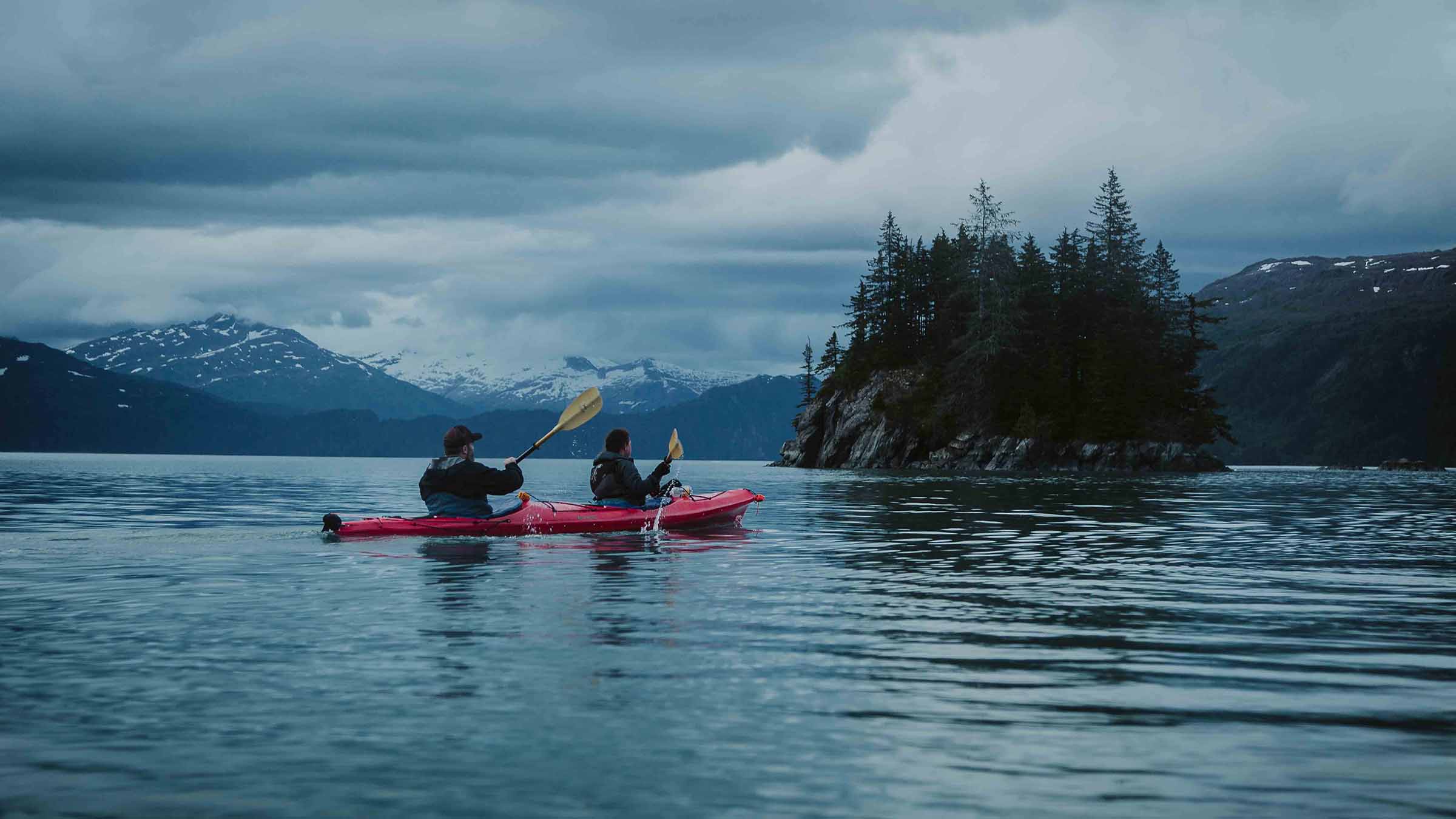
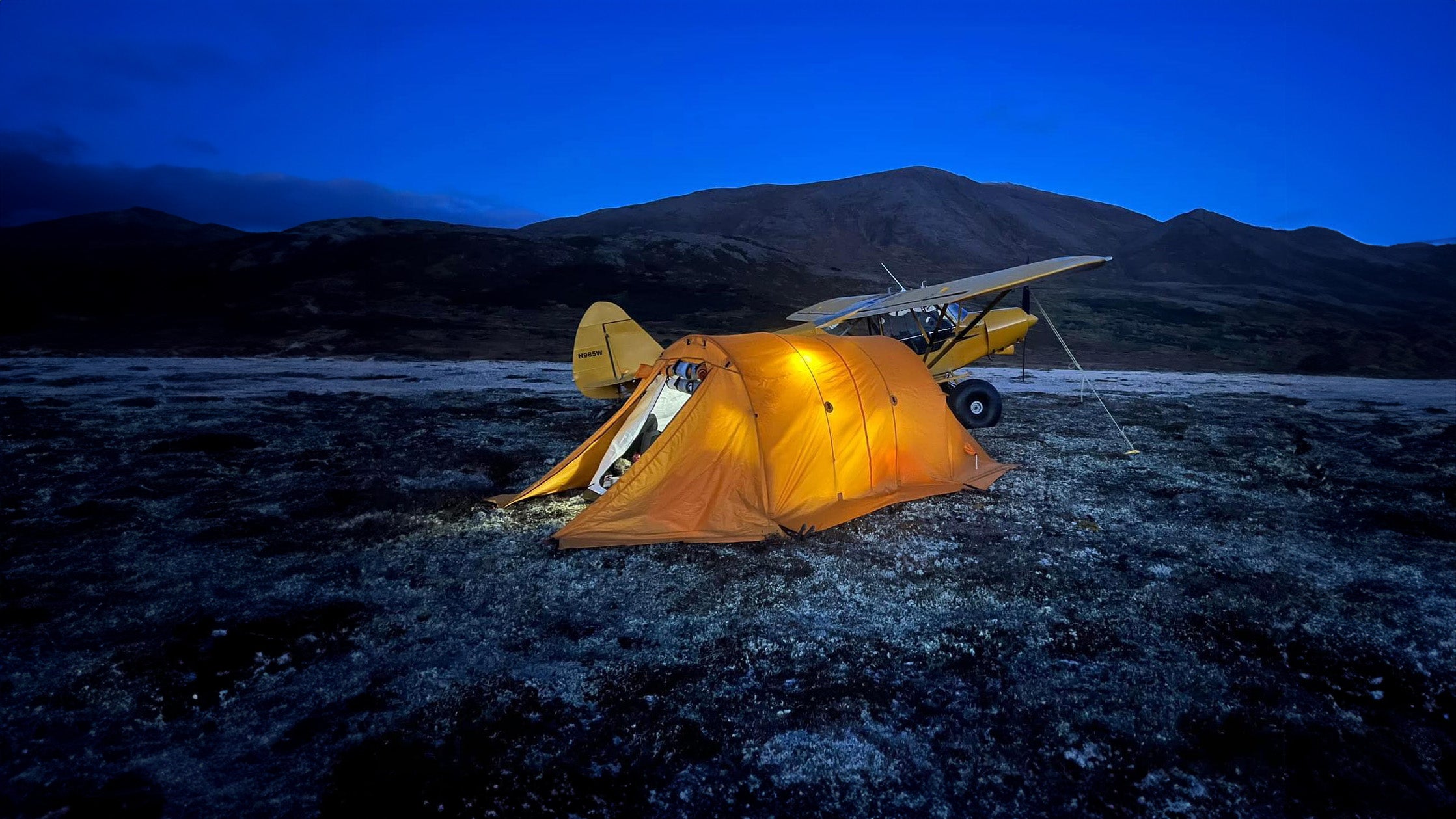



Leave a comment